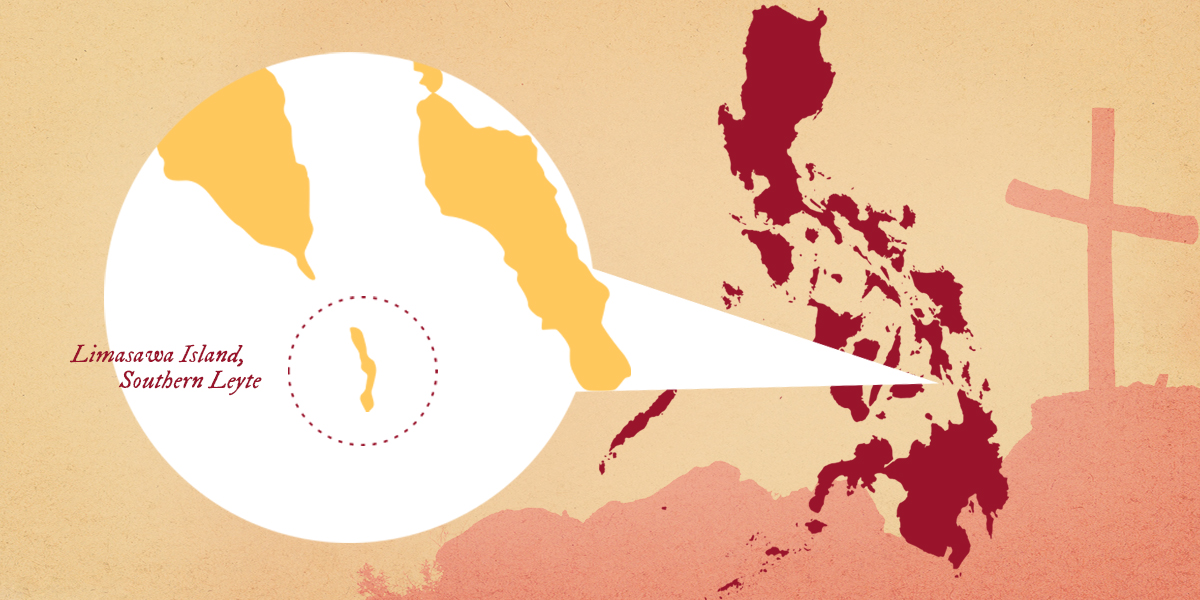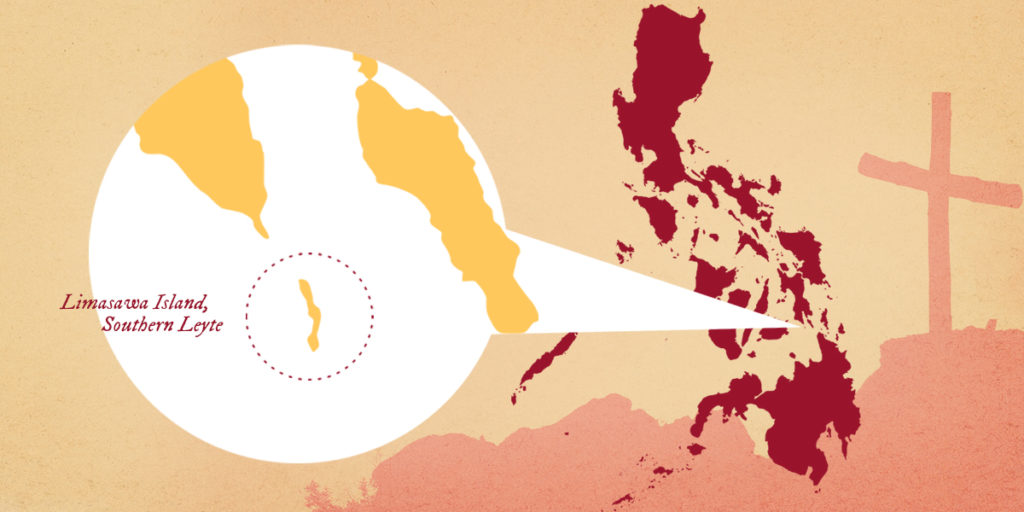
BLOG
PILGRIMAGE | FEATURES | NEWS
August 20, 2020
NHCP Affirms Limasawa Island as Location of 1521 Easter Sunday Mass
The National Historical Commission of the Philippines (NHCP) through its Board of Commissioners reaffirms previous official declarations that Limasawa Island is the location of the 1521 Easter Sunday Mass in the Philippines.
Antonio Pigafetta, the chronicler of the Magellan-Elcano expedition, documented that the said mass happened on 31 March 1521 in a place he identified as Mazaua. In a resolution dated July 15, 2020, the Board adopted the final report of the 2019 Review Panel on the Issue of the Location of the 1521 Easter Sunday Mass of the Philippines. Historian and National Artist for Literature Dr. Resil Mojares (Mojares Panel) headed the panel.
National Historical Institute (NHI), the forerunner of the NHCP, previously resolved the issue through two panels of experts: the first headed by former Supreme Court Justice Emilio Gancayco (1995) and the second by historian Dr. Benito J. Legarda (2008). Both panels ruled that the site of the 1521 Easter Sunday Mass was in Limasawa Island, now a municipality in Southern Leyte.
Leading to the 500th anniversary of the introduction of Christianity in the Philippines in 2021, NHCP revisited the controversy regarding the location of the 1521 Easter Sunday Mass in response to requests of various personalities and institutions, including the Catholic Bishops’ Conference of the Philippines (CBCP), to re-examine the earlier decisions of the NHI. NHCP constituted the six-man Mojares Panel for such purpose.
CBCP’s church historian sat as a member of the Mojares Panel. Several members of the Church Historian Association of the Philippines religiously attended the panel sessions as observers and reactors.
The Mojares Panel reassessed the studies and literature on the historical issue. It gathered the extant copies of Pigafetta’s chronicles and other accounts abroad, surveyed the presumed sites of the event in Butuan and Limasawa, and consulted experts in geology and cartography.
The Mojares Panel report was submitted for review to:
- the History Department of the University of the Philippines Diliman (UPD);
- Ateneo de Manila University (ADMU);
- De La Salle Univeristy (DLSU);
- University of Santo Tomas (UST); and 5. Philippine Historical Association (PHA);
- Philippine National Historical Society (PNHS); and
- Hilig at Interes sa Kasaysayan (DHIKA) (ADHIKA) ng Pilipinas.
UPD, ADMU, DLSU, PHA, and PNHS concurred on the findings of the panel and found the same to be acceptable and scholarly done following the rigors of the discipline.


